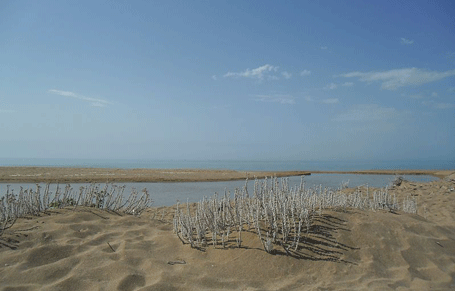Valle del Belice

The line of the palm
On the night of 14-15 January 1968 a violent earthquake devastated western Sicily along the valley of the Belice River, an area between the provinces of Palermo, Trapani and Agrigento. The great force of the tremors caused nearly total destruction of the towns of Poggioreale, Montevago, Santa Margherita Belice, Santa Ninfa, Gibellina, Salaparuta and Partanna. There were 296 victims, about 1000 wounded persons, and over 98,000 left homeless.
From that moment on, the earthquake has become the only, all-encompassing filter of vision of a little-known territory. It defines time and space, before and after; it creates memory and determines imagination: it constructs ruins and new edification. Both the destroyed towns and those reconstructed become exclusive element for the interpretation of this territory. If the ruins are the symbol of what once existed and now exists no more, the reconstructions are the sign of a permanent, inevitable failure.
Is it possible to continue to interpret the Valle del Belice, its everyday life, its delayed modernization and the beauty of its landscape only through the temporal lens of the earthquake? Is it possible to stop short at intricate legal interpretations, in a community seamlessly linked to local mafia power?
The story of Valle del Belice marked by the earthquake is emblematic. It is the mirror of a time. W. H. Auden wrote: reading a book is like looking in the mirror. A donkey will always see a donkey. In this mirror of territory many open questions of European (and in particular Italian) culture are reflected: town planning, architecture, the role of citizens or local populations; the opposition between the central State and territorial self-government; the dynamics connected with centers of decision-making power and the economic system of profit. The relationship with memory (and with the ruins), the system of shared and non-shared values: the idea of a society.
“He sustained, among other things, that unforeseen catastrophes are never the consequence or the effect, if you prefer, of a single motive, of a cause singular; but they are rather like a whirlpool, a cyclonic point of depression in the consciousness of the world, towards which a whole multitude of converging causes have contributed. He also used words like knot or tangle, or muddle, or gnommero, which in Roman dialect means skein. But the legal term, “the motive, the motives,” escaped his lips by preference, though as if against his will.”
The tangle of causes and concurrent factors splendidly described by the Italian novelist Carlo Emilio Gadda is hard to sort out; it takes us backwards, infinitely, opening parentheses upon parentheses that never seem to close.
A map, too, is an intricate tangle of conventional and visual signs, which gathers many levels of information, almost like the stratification of contemporary knowledges. The question regarding what is information and what is knowledge has attracted scholars of a number of disciplines for many years now: the excess of information is one of the open questions of the contemporary age. What does it mean to read a territory? What tools are required? What kinds of knowledge? Is it possible to simplify a map? What might be the results of such an exercise?
Starting with these questions, the field research in the valley of the Belice sets out to get beyond a purely descriptive approach to historical fact, through the development of a tool capable of orienting the experience of the place and its inhabitants.
The research started with La linea della palma has been published as a book: go to page

